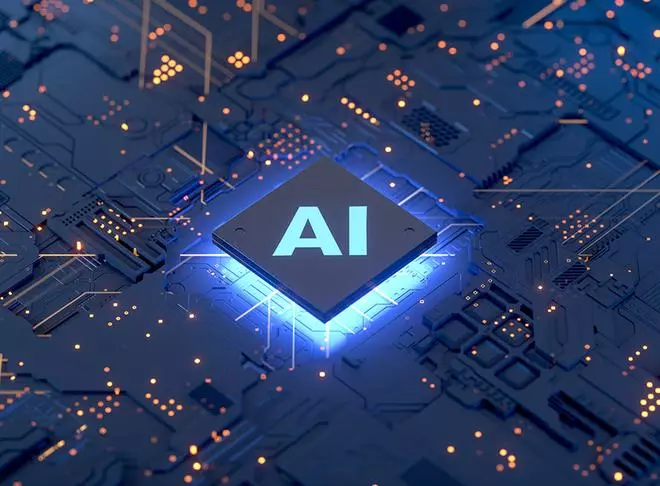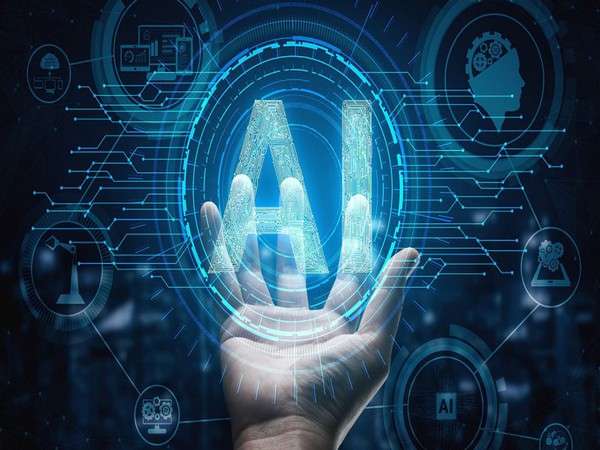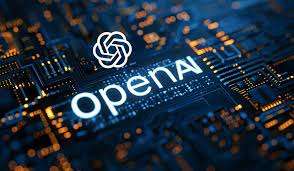A key concern about AI’s impact on employment is the potential reduction in job numbers due to increased productivity. Harrick Vin addressed this by suggesting that while AI will enhance productivity, it will also create new roles and opportunities. He acknowledged that the rise of AI brings a pressing need for continuous retraining and skill development.

The transformation of jobs from complaints management to customer success management will demand different skills, effectively redistributing the workforce rather than reducing its size. “The number of people will not change, but the jobs that they do will fundamentally change,” Vin stated.

Q: One of the things which a lot of people do believe is that artificial intelligence (AI) is a job killer, especially IT services jobs. Is that true?
Vin: No, I don’t think so. I look at AI as a technology that is going to augment people rather than replace people.
When I say augment people, what I mean is it is going to make people do work much better than they are doing today, maybe faster, but also actually deliver very different value to the customers for whom we are doing work.
So just to take an example, if you think about let’s say contact call centres, AI will actually not only help a call centre agent become much more productive by saying, for example, when I have had a call with you, take the call transcript, summarise it, and actually automatically, let’s say, derive the sentiment that got exchanged during the call. AI will also help the contact centre agent become far more contextually aware. Who is Harrick? What product has Harrick bought in the past? Is he a happy customer?
Vin: To some extent. A lot of it is today happening before you have sold a product or service. The question is, after you have actually bought a product or service, can we actually because the world is changing? There’s so much instrumentation that is there. I mean, if you think about a car. The car is a heavily connected car today, so it is collecting so much information about the car, the driving pattern, wear and tear and so on. So it is not that difficult to imagine a situation where the car itself will be able to say that this is going to go wrong in 30 days. So in some sense, thinking about contact centres, not as call centres, but almost think of them as customer success centres, is really sort of the type of transformation that is likely to happen.
Vin: productivity will go up for a certain class of jobs that they are doing that frees them up to do new jobs that they are currently not doing. So, for example, from complaints management to customer success management, you’re going to add a whole bunch of new jobs that they will have to do. So, in a sense, while you are releasing capacity, you’re utilising that capacity to change the value perceived by customers. So, in my mind, the number of people will not change, but the jobs that they do will fundamentally change. And the value that is perceived by the customers of that job will also change.

Vin: Yes, today the person does it manually, and in fact, the information is distributed all over with many data sources within an enterprise. Some of it is in CRM, some of it is in product information and so on. How do you collate all of that and improve my contextual awareness as a call centre agent? So in future, AI will actually allow the call centre agent, to be far more proactive. Can I predict or anticipate the need for Harrick to maybe call and actually reach out to Harrick, even before Harrick calls, potentially, to actually help improve customer satisfaction? So, it changes this entire model from almost like complaints management to almost like value management.
Vin: Yes. In a sense with AI, the roles of people are fundamentally changing from doers of work to sort of trainers and interrogators of intelligent machines, reviewers of work done by machines, and actually owners of critical thinking, creativity, and things of that sort, which means that you will have to continuously retrain people.
In fact, as machines become more and more intelligent, the roles of people will keep shifting also constantly. And new jobs will get added, as I said, the customer success, rather than sort of complaints handling. So that will require continuous training and retraining.
In fact, every skill that people are learning today, their utility, sort of what is often called a half-life of a skill, which is the time it takes a particular skill that you’ve acquired to lose half of its value is shrunk from almost 30 years to 6-7 years today and it’s shrinking. This means that all of our children will actually have to retrain themselves multiple times over during their careers. And so the need for constantly retraining talent or employee base is going to become a critical success factor for every organisation.

Vin: No, I think we are probably making a big mistake in thinking automation. So, at least personally, I always think in terms of augmentation rather than replacement. There is plenty of work to be done that is not getting done today. When you free up the capacity to do work from an existing set of workers, they will actually now start doing things that are not getting done today.
Vin: Yes. It is accelerating and it’ll probably keep coming down further. So as technology is maturing, a lot of the hard skills, and their half-life will keep coming down. Whereas, in fact, the a need for a lot more of soft skills, being able to actually understand, articulate, coherently explain something, critically analyse something. In software engineering, for example, the ability to read code and analyse code is going to become far more important moving forward than writing code because writing code will happen by machine. But once the machine has written some code, being able to actually read that and say this is good, but not great. And here is the reason why it is not great, so let me go ahead and change it. So this is actually creating almost a machine-people co-working situation, where machines will constantly augment people and make them better. And people will constantly make machines better. And that’s sort of almost like a hybrid workforce, where people and machines are sort of improving each other constantly will become the norm of the future.























